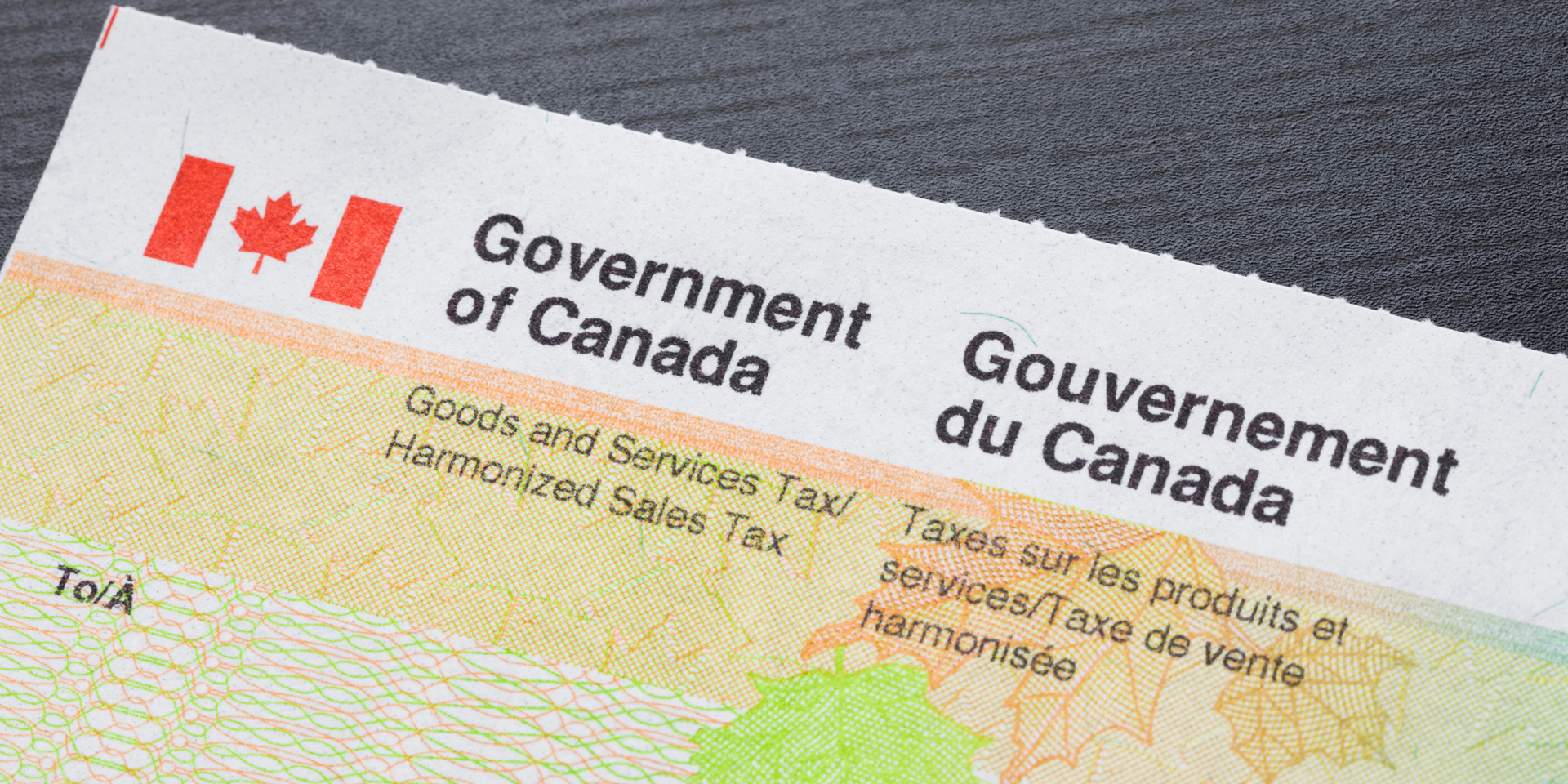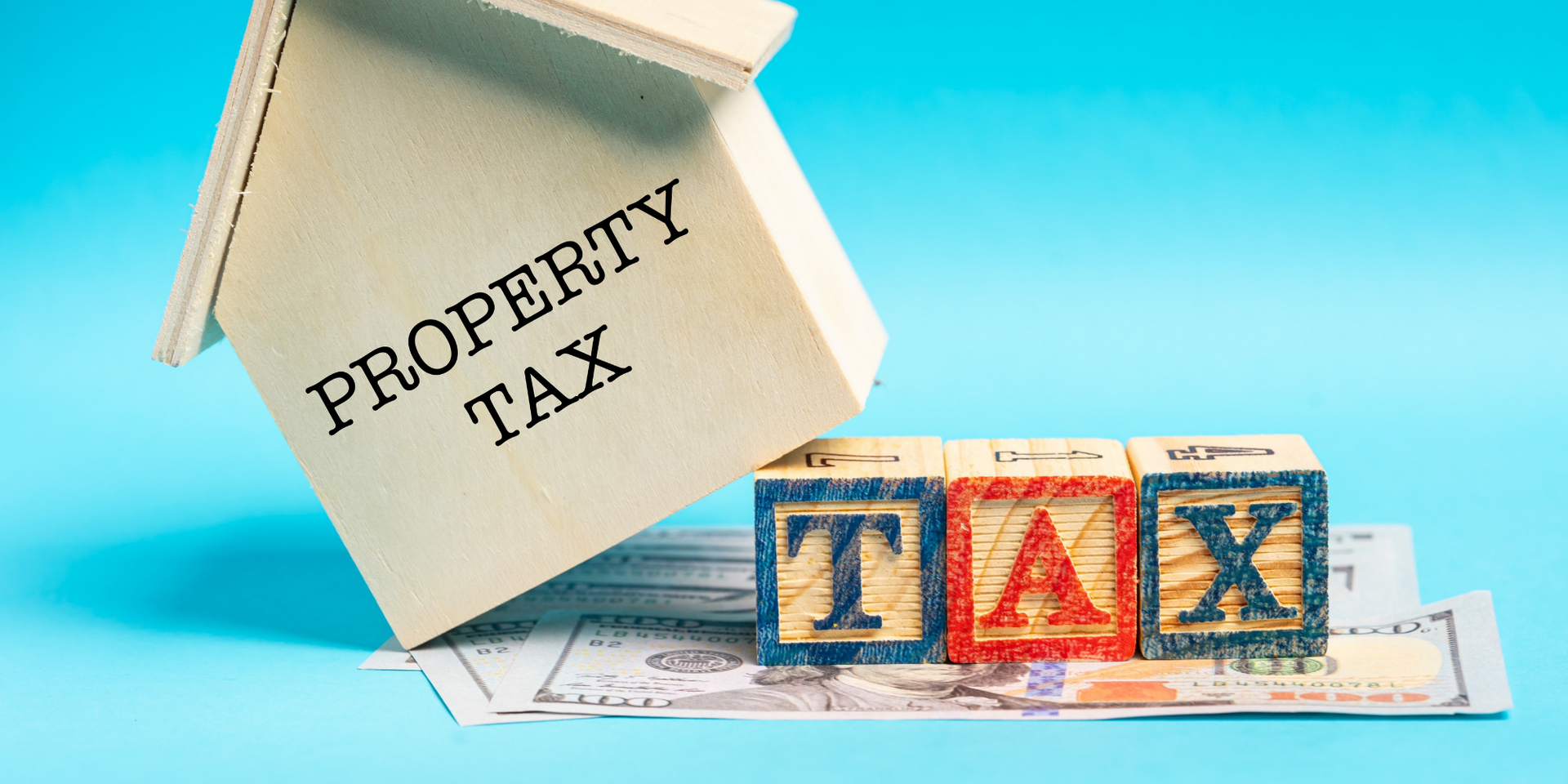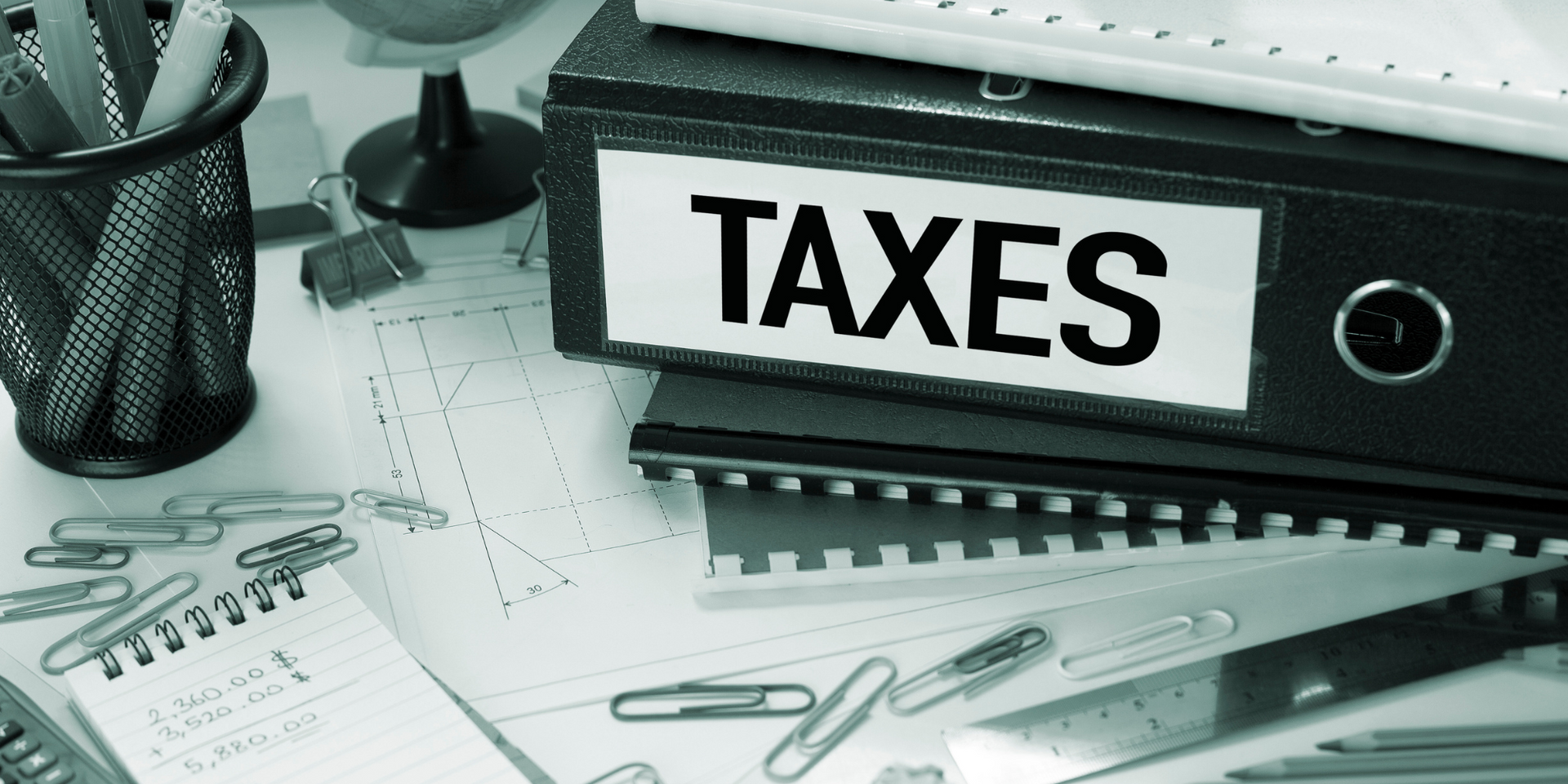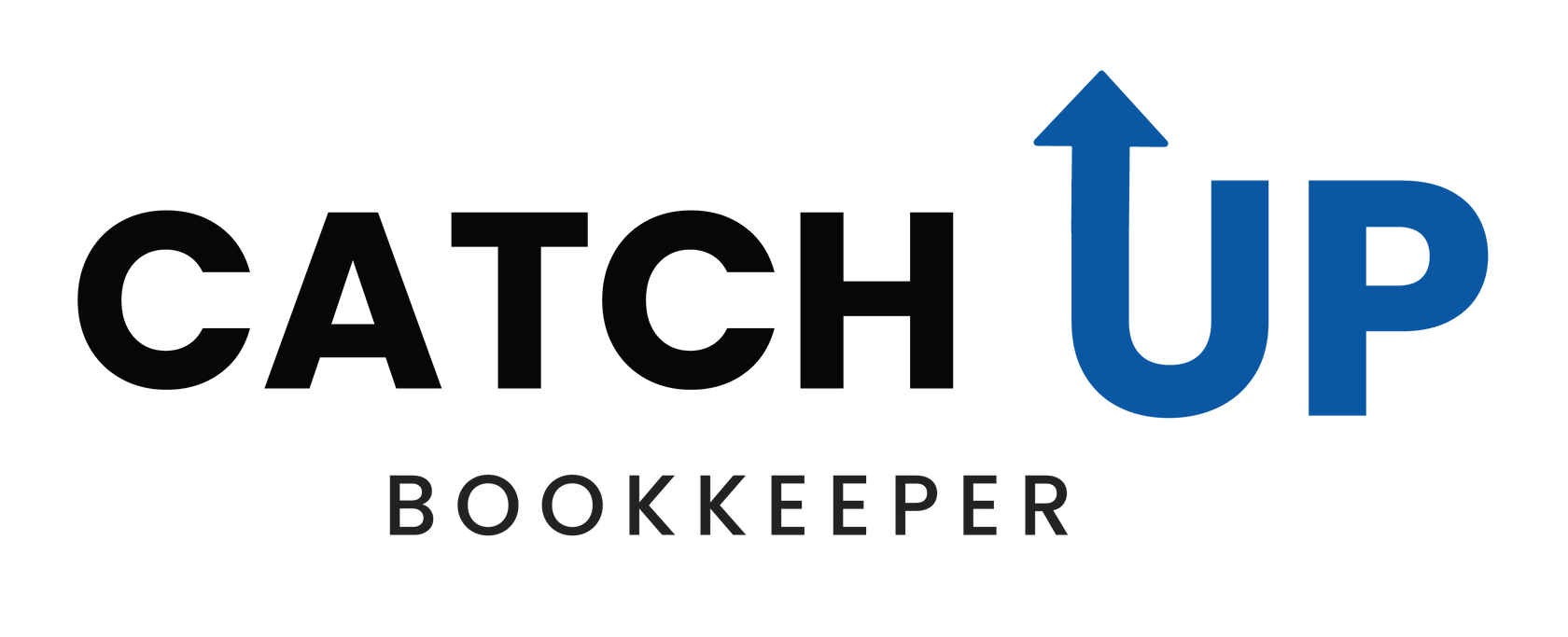What Is the Child Disability Benefit (CDB) and How Does It Work?
Caring for a child with severe mental or physical disabilities can be overwhelming—both emotionally and financially. Fortunately, the Canadian government offers financial support through the Child Disability Benefit (CDB). This tax-free benefit is designed to provide monthly payments to families caring for a disabled child under the age of 18, and it can be a crucial resource for covering extra care costs.
Here’s a breakdown of what you need to know about the CDB, including eligibility criteria, payment details, and how it ties into other tax credits.
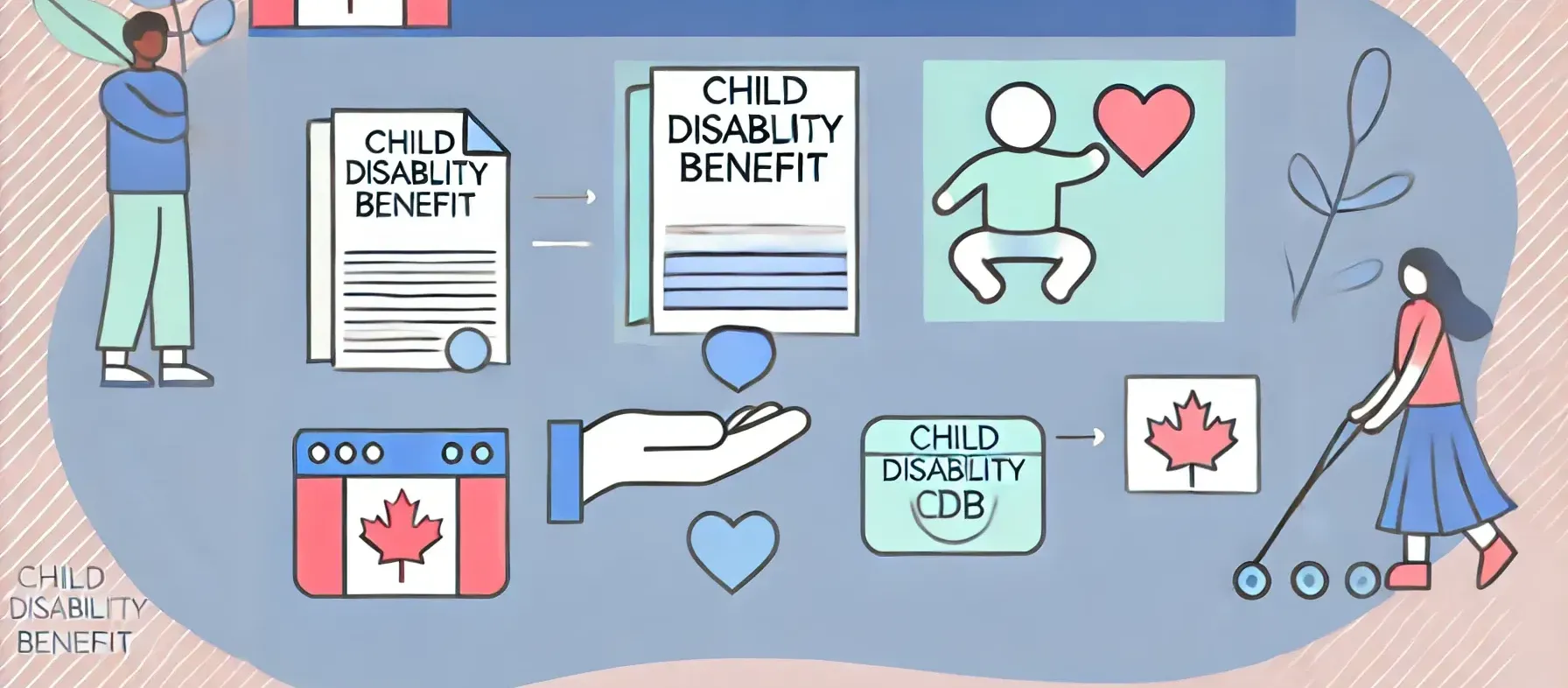
What Determines Eligibility for the CDB?
To qualify for the Child Disability Benefit, a medical professional must certify that your child has a severe and long-term physical or mental disability. This certification is done through Form T2201, the Disability Tax Credit Certificate.
Additionally, you must already be eligible for the Canada Child Benefit (CCB), and your child must qualify for the Disability Tax Credit (DTC). If you’re receiving the CCB for a child who’s eligible for the DTC, you’ll automatically receive the CDB—no need to apply separately.
What Disabilities Qualify?
Any severe and prolonged disability that significantly impacts a child’s ability to function may qualify for CDB. Below are some common questions about specific conditions:
- Is ADHD a Disability in Canada? Yes, the Canada Revenue Agency (CRA) recognizes ADHD as a disability if it is severe enough to impact a child’s daily activities for at least 12 months. For instance, if a child’s ADHD prevents them from concentrating or attending school, they may qualify for the benefit.
- Is Autism Covered by the Child Disability Benefit? Autism is considered a qualifying disability under the CDB. Children with autism often face challenges in communication and social interactions, and the CDB helps provide financial relief for the caregivers.
How Much is the Child Disability Benefit?
The amount you receive depends on your household income. For the 2023–2024 benefit year, the maximum monthly amount is $264.41 per eligible child, or $3,172.92 annually. The amount starts to decrease if your adjusted family net income exceeds $75,537.
Here’s how the reduction works:
- For families with one eligible child, the reduction is 3.2% of the family net income over $75,537.
- For families with two or more eligible children, the reduction is 5.7%.
Is the Child Disability Benefit Retroactive?
Yes, the CDB can be retroactive. When you first start receiving the benefit, the CRA will automatically calculate payments for the current and two previous benefit years, so you won’t miss out on any past entitlements.
To ensure there are no interruptions in your payments, it’s essential to file your taxes every year—even if you had no taxable income or your income was tax-exempt. Your spouse or common-law partner must also file taxes, as the CRA uses the information from both returns to determine your eligibility and benefit amounts.
Is the CDB the Same as the Disability Tax Credit (DTC)?
No, the Child Disability Benefit is separate from the Disability Tax Credit. The DTC is a non-refundable tax credit that can reduce the amount of taxes you owe, while the CDB is a direct monthly payment meant to help cover the additional costs of caring for a disabled child.
By understanding how these benefits work together, you can ensure you’re receiving the financial assistance you’re entitled to while caring for your child.
Key Takeaways
- The Child Disability Benefit (CDB) is a tax-free monthly payment available to families providing care for a disabled child.
- The maximum monthly benefit per child is $264.41 from July 2023 through June 2024.
- Qualifying disabilities include physical impairments and mental disabilities such as ADHD and autism.
